All the information you need about the different types of drywall is here. We have all heard about drywall being the most widely used material for walls and ceilings in residential buildings in the Philadelphia area. Simply put, drywall is a gypsum plaster sandwiched between two thick papers. But did you know that there are many types of drywall? Over time, it has evolved and is now offered in a range of options tailored to specific needs.
In this article, we will categorize the different types of drywall according to their size, thickness, and usage. Whether you are a homeowner, contractor, or just interested in building materials you will need this information. So, let’s get started!
Figure 1
Thickness
Drywall is divided into four categories according to its thickness (see Figure 2):
Figure 2
1. ¼ Inch
This is the thinnest drywall you can find on the market. Even though it is not a good choice for walls or ceilings, it is the best option for existing walls where you simply need to cover irregularities. Additionally, since ¼ inch drywall is so thin, it is very easy to work with and is perfect for walls that are not straight or have a small curve or are slightly rounded.
2. ⅜ inch
⅜ inch drywall is a thicker option when compared to ¼ inch drywall, making it suitable for curved or rounded walls, allowing for smoother and more seamless installations. Additionally, ⅜ inch drywall is often used for repairing existing drywall that simply needs patching. So, if you have damaged areas that require fixing, this type of drywall can come to the rescue, ensuring a sturdy and uniform surface once the repairs are complete.
3. ½ inch
½ inch drywall is the most commonly used type of drywall. It offers a balance between durability and ease of installation. For this reason, it is a great option for interior walls. It could also be used for ceilings but a thicker drywall would be a better option. Read on to find out why!
4. ⅝ inch
Over time, ceilings made of drywall are susceptible to sagging (see Figure 3), especially if the drywall itself lacks sufficient strength. For this reason, the thickest drywall, which is ⅝ inch, is the best choice for ceilings. Also, this type of drywall is considered fire-resistant and soundproof.
Figure 3
Size
There are three common sizes of drywall on the market:
a. 4 x 8 Feet
This is the most common size drywall available. It is easy to handle and install, can be used for both horizontal and vertical installation, and is an ideal choice for small or medium sized construction projects.
b. 4 x 10 Feet
When it comes to covering tall walls and expansive ceilings, utilizing 4 x 10 foot drywall sheets enables faster and more efficient installation, making the process easier and more time-effective.
c. 4 x 12 Feet
4 x 12 foot drywall sheets are the longest length available, making it an excellent choice to cover a large area. These sheets are particularly well-suited for spaces with high ceilings or expansive areas. Their extended length allows for more extensive coverage with fewer panels, reducing the number of joints and resulting in a cleaner and more seamless appearance. Keep in mind that handling and installing 4 x 12 foot drywall is not easy especially for small projects.
Usage
Let’s continue by introducing the different types of drywall according to their application.
1. Regular
The most common type of drywall used is regular drywall or whiteboard. It is white on one side and brown on the other. Regular drywall is available in different sizes and is commonly used for interior walls in residential buildings. Aside from good quality, it is considered cost-effective. These two reasons make this type of drywall a popular choice for homeowners and contractors,
2. Moisture Resistant
Obviously, regular drywall is not a good choice for wet areas since it is made of gypsum with paper on the outside. For this reason, moisture-resistant or green drywall is designed with thicker paper and treated with wax for extra moisture resistance. However, green drywall is not entirely waterproof, so you should not use it in areas that have direct contact with water. Instead, it can be used as backing material for tiles in wet areas like kitchens, bathrooms, laundry rooms, and basement walls.
Figure 4
3. Mold Resistant
Moisture resistance does not mean it can resist mold. This is where purple drywall comes in handy. If you need drywall that can handle contact with water, go for purple drywall. It has a specially treated core that keeps it safe from moisture, mold, and fire. The outer layer is made of durable recycled paper. Purple drywall is also great at resisting dents, scratches, and scuffs, making it perfect for busy areas. The only downside is that it costs approximately 30% more than regular drywall.
Figure 5
4. Paperless
Although purple drywall provides good resistance to mold, there is a better option. Mold requires moisture, oxygen, and organic food to thrive and grow. By eliminating one of these elements, you can effectively prevent mold from growing. The simplest approach is to remove the food source. In the case of drywall, the outer paper layer, rather than the core, serves as the organic food for mold. Paperless drywall addresses this issue by replacing the outer paper with a fiberglass mesh, effectively removing the food source for mold and inhibiting its growth.
5. Fire Resistant
This special drywall has special non-combustible fibers that do not catch fire easily (see Figure 6). People often call it Type X drywall, and it is the toughest and strongest drywall type available. It is not easy to cut or hammer through this drywall. Additionally, it produces less smoke if there is a fire. You will usually find it in places like garages, apartment buildings, and newer houses, and it works well on ceilings too.
But keep in mind, fire-resistant drywall is more expensive than regular drywall.
Figure 6
6. Soundproof
Soundproof drywall is a special kind of drywall that is made from a mix of wood fibers, gypsum, polymers, and sometimes even a thin layer of metal in the middle. The purpose? Creating walls, ceilings, and floors that can block out unwanted noise.
You can often see this type of drywall in specific buildings like recording studios, classrooms, therapy offices, and anywhere soundproofing is important. Also, people who live in noisy cities can choose this drywall for their homes.
However, soundproof drywall does come with a higher price tag, which is why it is not as commonly used. But if creating a noise-free building is your top priority, this special drywall is definitely worth considering.
7. Plaster Baseboard
Plaster baseboard, which is also called blue board drywall, is a special type of drywall that is perfect for veneer plastering. The surface paper of the blue board is really good at soaking up plaster, which helps create a smooth and beautiful finish.
What is great about the blue board is that it is highly resistant to mold and water. So, if you are working in a bathroom or any area with moisture, it is a fantastic choice. Plus, it has the added benefit of reducing noise, which is perfect for creating a quiet environment.
Now, it is important to note that the blue board is a bit different from regular drywall. You do not use it with tape, mud, or paint like you would with regular drywall. Its main purpose is for veneer plastering, where you apply a thin layer of plaster directly onto the surface.
Figure 7
8. VOC-Absorbing
Volatile organic compounds (VOCs) are organic compounds present in most homes and can pose health risks. Avoiding them entirely is nearly impossible since they come from various sources like paint, plaster, and cleaning products.
Fortunately, there is a solution: VOC-absorbing drywall. This special drywall not only absorbs and traps these harmful compounds but also converts them into safe substances (see Figure 8). Even when you plaster, paint, or wallpaper over it, the drywall’s absorption process continues. Amazingly, it can sustain this ability for up to 75 years!
You can use VOC-absorbing drywall anywhere in your home, but it is particularly effective when placed between rooms and interior walls. Its installation helps create a healthier living environment.
Figure 8
9. Eco-Friendly
In recent years, eco-friendly drywall has gained popularity as a sustainable and high-quality option for homes. There are two types of eco-friendly drywall available:
- Enviroboard: Enviroboard is made from compressed fiber panels. These panels are created by compressing waste fibers obtained from industries like newspapers and agriculture. They are then used to construct ceilings and walls in buildings and homes.
- Eco Rock: Eco Rock is created by mixing over 20 recycled industrial byproducts such as kiln dust, fly ash, and slag with water and fillers. The resulting paste can be poured to form the drywall. Eco Rock offers significant advantages such as resistance to termites and mold.
By choosing eco-friendly drywall, you not only contribute to environmental sustainability but also enjoy the benefits of a high-quality product that promotes a healthier living environment.
10. Flexible
When it comes to curved or rounded walls, there is a perfect solution. Flexible drywall is a great choice and is specifically designed to fit around curved surfaces. Unlike regular drywall, it is heavier on the face front and features a stronger liner paper, allowing it to bend properly (see Figure 9).
Figure 9
There are also newer versions of flexible drywall that incorporate segmented or slotted plaster on the inside, enabling even more flexibility and shaping (see Figure 10).
Figure 10
With flexible drywall, you have numerous options when it comes to designing your new construction or remodeling project. Flexible drywall is commonly used in hotels, museums, galleries, and other artistic or retail spaces where curved walls are desired. It provides the necessary flexibility and durability to bring your unique vision to life.
11. Damage (Abuse) Resistant
If you are looking for durable wall options in places prone to damage, such as garages and workshops, abuse-resistant drywall is the way to go. It is specifically designed to withstand high-traffic areas and offers superior impact resistance.
The secret lies in its construction: the drywall has a higher density, making it stronger and more resilient. Additionally, a fiber mesh is embedded on the backside of the wallboard to prevent cracking and warping.
While abuse-resistant drywall may cost a bit more than regular drywall, the investment is worthwhile because of its long-lasting performance. You will have peace of mind knowing that your walls can withstand the rigors of daily use without easily getting damaged.
12. Lightweight
Looking for a lighter alternative to standard drywall? Lightweight drywall is the answer! It weighs 25% to 45% less than regular drywall, depending on the thickness. The secret lies in its reinforced gypsum core, making it even stronger than standard drywall.
If you are concerned about sagging, lightweight drywall is perfect for ceilings or wall studs. It can withstand heavy applications placed on top of it without compromising its integrity. For example, if you are hanging cabinets, this type of drywall is a good choice as it can handle the weight without sagging. By using this drywall, you will not have to worry about anything pulling it down or causing structural issues.
13. Lead-lined
Lead-lined drywall is a unique type of drywall specifically designed to provide shielding against radiation. The construction of lead-lined drywall involves laminating a layer of lead with regular drywall materials. The lead layer acts as a barrier to prevent the passage of radiation. The lead effectively absorbs and blocks radiation, safeguarding individuals and equipment from its harmful effects.
It is commonly used in buildings where radiation containment is crucial, such as hospitals, laboratories, and industrial facilities.
Figure 11
14. Sheathing (Exterior)
Sheathing drywall or exterior drywall, is a special type of drywall made for outdoor use. It is tougher and more resistant to moisture than regular interior drywall. Sheathing drywall is made up of a strong core covered with moisture-resistant glass-mat paper on both sides and edges (see Figure 12). This protects your walls from rain, wind, and humidity, preventing any moisture-related damage.
Its main job is to provide a solid surface for exterior finishes like siding, stucco, or brick. Using it makes your walls stronger, and able to withstand impacts, fires, and noise more effectively. Some sheathing drywall even comes with insulation, which helps keep your home more energy-efficient.
Figure 12
15. Sag Resistant
Sag-resistant drywall, also known as ceiling drywall or lightweight drywall, is a specially designed type of drywall that offers increased resistance against sagging. It is primarily used for ceiling installations where there is a higher risk of gravity-induced sagging over time.
The unique composition of sag-resistant drywall includes additives and technologies that enhance its structural integrity and minimize the potential for sagging. These additives can include lightweight materials, such as foaming agents or cellulose fibers, which reduce the weight of the drywall without compromising its strength.
16. Thermal Insulated
Thermal insulated drywall, also known as insulated drywall or thermal board, is a specialized type of drywall that includes built-in insulation. It combines the functions of traditional drywall and insulation into a single product, offering improved thermal efficiency for walls and ceilings. It is typically made of a regular drywall core bonded to a layer of insulating material.
An example of a thermal insulated drywall is foil-backed (see Figure 13). The foil acts as a robust barrier against external elements, providing enhanced insulation for your home. It helps regulate the temperature and can make your home more energy efficient.
Figure 13
Thermal insulated drywall is commonly used in both residential and commercial construction projects. It is particularly beneficial in areas where additional insulation is desired, such as exterior walls and basements.
17. Shaftliner
Shaftliner drywall, also known as shaft wall or fire-rated gypsum shaft liner, is a special type of drywall made for building vertical shafts or enclosures that need to be fire-resistant. It is made of a thick, noncombustible Type X core wrapped in heavy-duty paper facers or sturdy fiberglass mats (see Figure 14). Its construction offers excellent fire resistance, preventing the spread of flames, smoke, and toxic gas during a fire. Different thickness options are available to meet specific fire rating requirements.
Figure 14
In addition to fire resistance, many shaft liner panels also have enhanced mold and moisture resistance as standard features. They also have beveled edges on the long side to make installation in metal framing easier.
So, if you are working on a commercial building project and need fire-rated shafts, ventilation systems, or elevator shafts, shaft liner drywall is a reliable choice. It provides the necessary fire protection while offering added benefits like mold and moisture resistance.
Figure 15
The Bottom Line
In conclusion, understanding the different types of drywall can greatly impact your home construction or renovation projects. Each type offers unique properties and benefits, catering to specific needs and requirements. Whether you are looking for fire resistance, moisture resistance, soundproofing, flexibility, or energy efficiency, there is a drywall option that suits your needs.
When it comes to your home renovation needs, trust the expertise and experience of Matrix Company Solutions Corp., a certified 203(k) contractor in Philadelphia with more than 25 years of industry experience. Our team is knowledgeable in the various types of drywall and can help you choose the right option for your project. With a focus on quality craftsmanship and customer satisfaction, we provide the perfect home renovation services that will transform your space into the home of your dreams. Contact us via our FREE Consultation Service!
other helpful websites about drywalls:
- The Gypsum Association: https://www.gypsum.org/ ↗
- The Drywall Finishing Council: http://www.dwfc.org/ ↗
- The National Association of Home Builders: https://www.nahb.org/ ↗
- The U.S. Environmental Protection Agency: https://www.epa.gov/ ↗
- The Occupational Safety and Health Administration: https://www.osha.gov/ ↗
- The American Society of Interior Designers: https://www.asid.org/ ↗
- The International Association of Home Inspectors: https://www.inspectorsassociation.org/ ↗
- The National Fire Protection Association: https://www.nfpa.org/ ↗
- The U.S. Green Building Council: https://www.usgbc.org/ ↗
- The American Institute of Architects: https://www.aia.org/ ↗


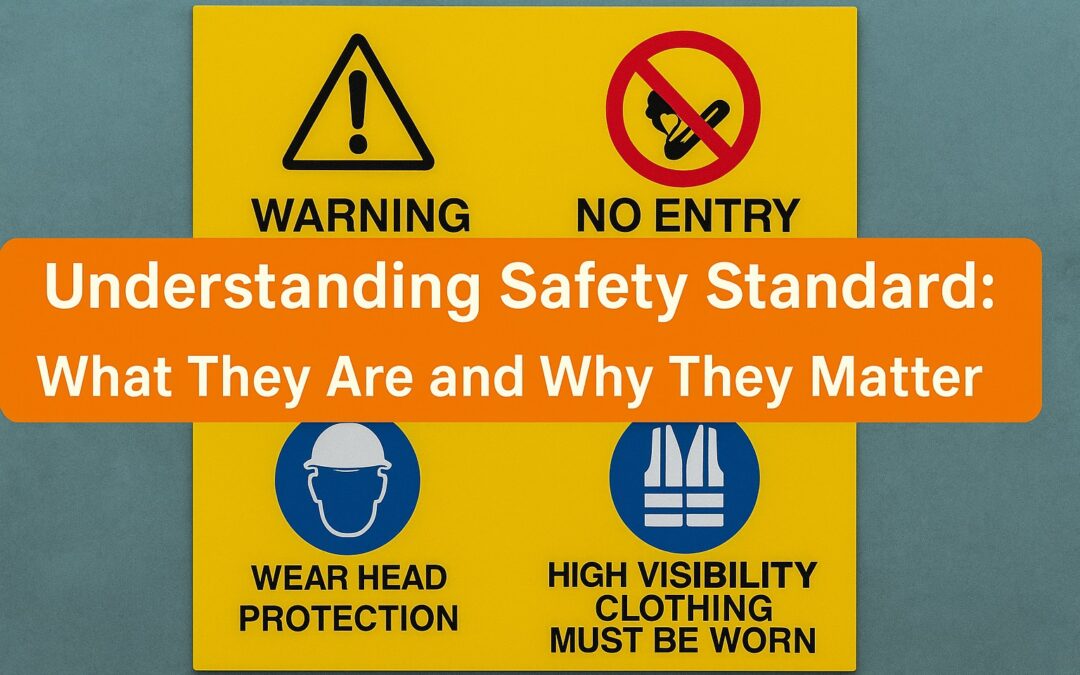
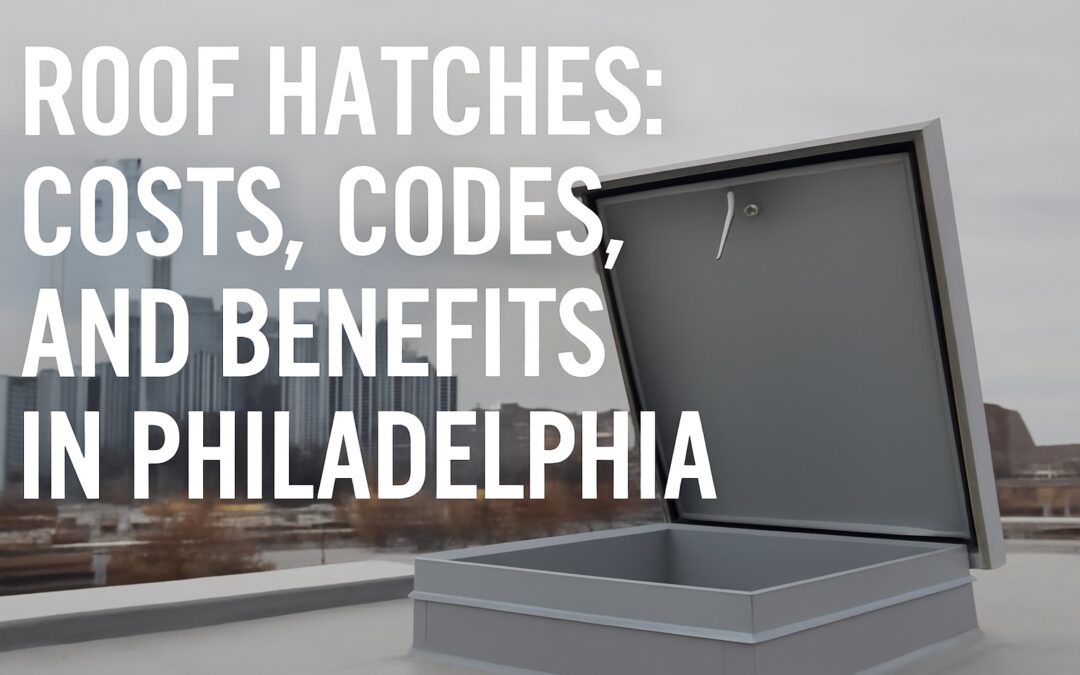
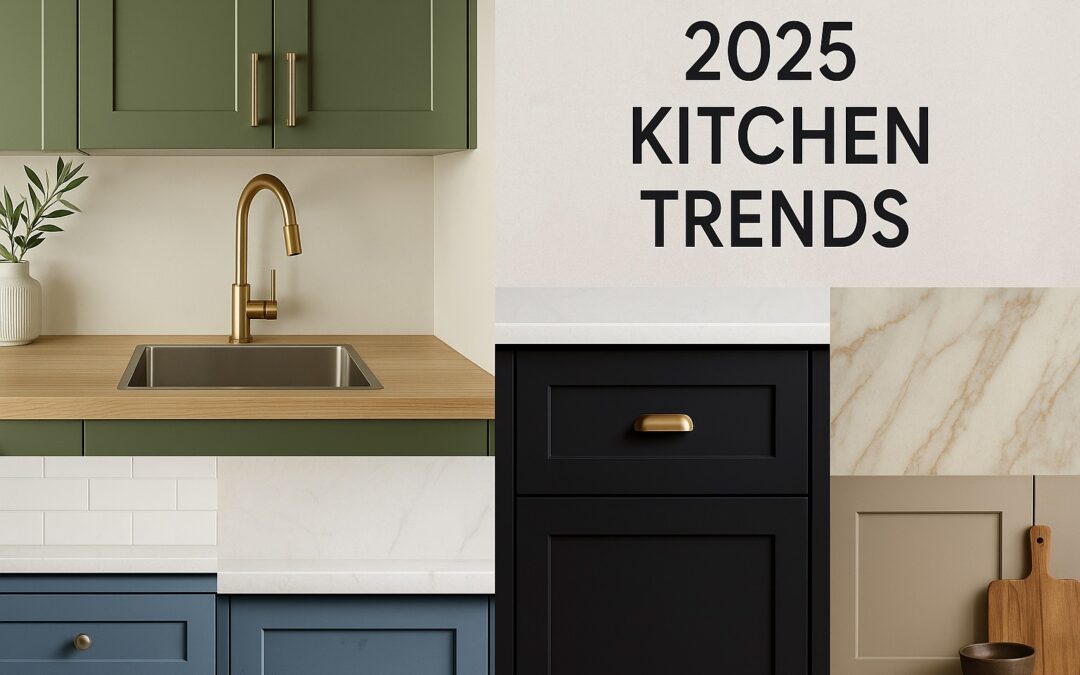

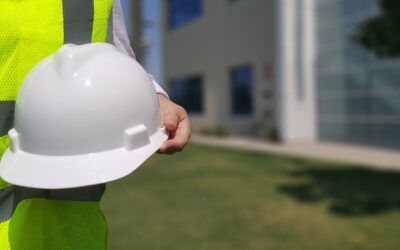
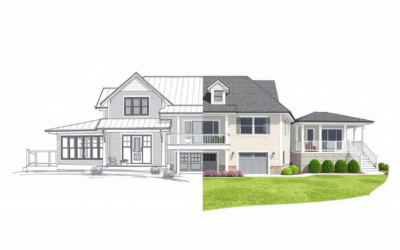
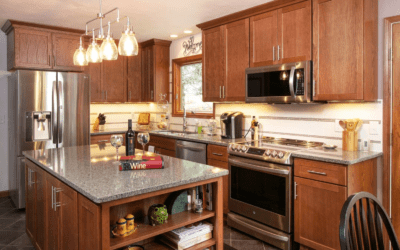
0 Comments